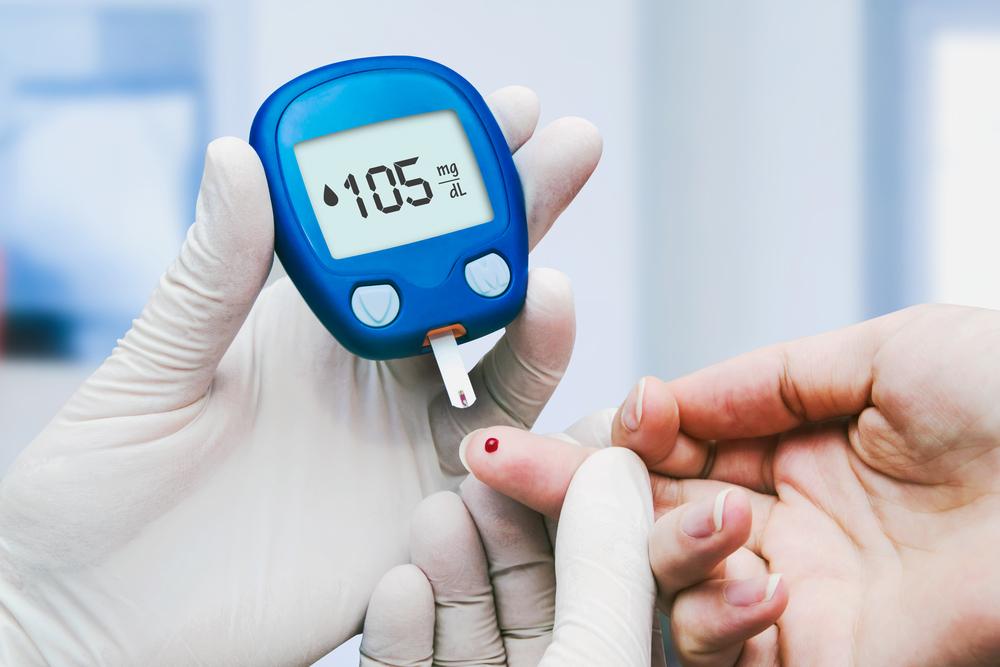Tirzepatide Shows Utility as Add-On Therapy to Titrated Insulin in Type 2 Diabetes
Data from the SURPASS-5 trial demonstrate the safety and efficacy of multiple tirzepatide doses as an add-on therapy to titrated insulin glargine for glycemic control and weight loss in patients with type 2 diabetes.

Data from SURPASS-5 underlines the potential impact of tirzepatide as an add-on to titrated insulin glargine for improving glucose control in patients with type 2 diabetes.
With full results of the trial published in JAMA, results give additional credence to the excitement surrounding tirzepatide’s potential to improve glucose control in patients with type 2 diabetes by demonstrating the efficacy of the 5-, 10-, and 15-mg doses of the dual glucose-dependent insulinotropic polypeptide and glucagon-like peptide-1 receptor agonist.
“The effects of tirzepatide on glycemic control, body weight, lipid levels, and blood pressure on a background of titrated basal insulin in this trial were consistent with previously reported studies of tirzepatide and further validate its effectiveness across different patient populations differing in the duration of the disease, background glucose-lowering therapies, or comorbidities,” wrote investigators.
As GLP-1 RAs have been thrust into the cardiometabolic spotlight in recent years, endocrinologists and diabetes specialists have also lauded the SURPASS program. Created with the intent of assessing tirzepatide in multiple population groups and in different doses, data from each SURPASS trial have added to the excitement and understanding of the agent.
In the SURPASS-5 trial, which was conducted from August 30, 2019-January 13, 2021, in 45 medical centers in 8 countries, investigators randomized 475 participants in a 1:1:1:1 ratio to receive once-weekly injections of semaglutide or volume-matched placebo over a 40-week period. Of the 475 adult patients randomized in the trial, 116 received 5-mg tirzepatide, 119 received 10-mg tirzepatide, 120 received 15-mg tirzepatide, and 120 received placebo.
The 475-patient cohort had a mean age of 60.6 (SD, 9.9) years, 44% were women, and the mean HbA1c was 8.31% (SD, 0.85). A total of 451 participants completed the trial. Investigators noted treatment was prematurely discontinued by 10% of the 5-mg tirzepatide group, 12% in the 10-mg tirzepatide group, 18% in the 15-mg tirzepatide group, and 3% in the placebo group.
The primary end point of the trial was mean change from baseline in HbA1c at week 40. The trial also included 5 key secondary end points, which included mean change in body weight and percentage of patients achieving prespecified HbA1c levels.
At the end of the 40-week treatment period, the mean HbA1c change from baseline was −2.11% with 5-mg tirzepatide (difference vs placebo, −1.24% [95% CI, −1.48% to −1.01%]; P <.001]), −2.40% with 10-mg tirzepatide (difference vs placebo, −1.53% [97.5% CI, −1.80% to −1.27%]; P <.001), and −2.34% with 15-mg tirzepatide (difference vs placebo, −1.47% [97.5% CI, −1.75% to −1.20%]; P <.001) compared to −0.86% with placebo. When assessing body weight change, results indicated the mean change from baseline was −5.4 kg with 5-mg tirzepatide (difference, −7.1 kg [95% CI, −8.7 to −5.4]), −7.5 kg with 10-mg tirzepatide (difference, −9.1 kg [95% CI, −10.7 to −7.5]), −8.8 kg with 15-mg tirzepatide (difference, −10.5 kg [95% CI, −12.1 to −8.8]) and 1.6 kg with placebo (P <.001 for all).
Further analysis demonstrated a higher percentage of patients treated with tirzepatide achieved an HbA1c of less than 7% (85%-90% vs 34%; P <.001 for all). When assessing safety of tirzepatide, the most common treatment-emergent adverse events among the tirzepatide groups compared with placebo were diarrhea (12%-21% vs 10%) and nausea (13%-18% vs 3%).
In an accompanying editorial, Stuart Chipkin, MD, of the University of Massachusetts Amherst School of Public Health and Health Sciences, acknowledged the demonstrated effects of tirzepatide on HbA1c and body weight, but noted concern over an apparent lack of influence on insulin use in patients.
"Even though the results of this investigation are important for demonstrating the potential clinical benefit of this dual glucose-dependent insulinotropic polypeptide and GLP-1 receptor agonist, and may help to advance the goal of achieving US Food and Drug Administration approval, the study may leave clinicians uncertain about when and how to best use tirzepatide to improve clinical outcomes for patients with type 2 diabetes," Chipkin wrote.
This study, “Effect of Subcutaneous Tirzepatide vs Placebo Added to Titrated Insulin Glargine on Glycemic Control in Patients With Type 2 Diabetes,” was published in JAMA.